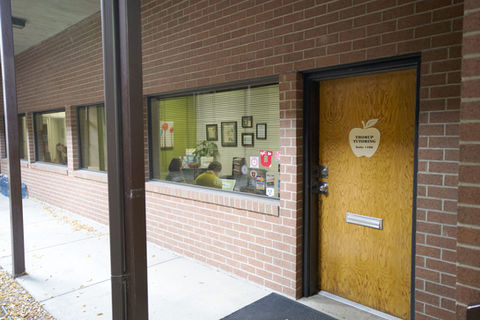
IEP
Individualized Education Program (IEP)
Each IEP must be designed for one student and must be a truly individualized document. The IEP creates an opportunity for teachers, parents, school administrators, related services personnel, and students (when appropriate) to work together to improve educational results for children with disabilities. The IEP is the cornerstone of a quality education for each child with a disability.
To create an effective IEP, parents, teachers, other school staff—and often the student—must come together to look closely at the student’s unique needs. These individuals pool knowledge, experience, and commitment to design an educational program that will help the student be involved in, and progress in, the general curriculum. The IEP guides the delivery of special education supports and services for the student with a disability. Without a doubt, writing—and implementing—an effective IEP requires teamwork. The IDEA requires certain information to be included in each child’s IEP.
The 13 categories of special education as defined by the Individuals with Disabilities Education Act (IDEA)
-
Autism
-
Blindness
-
Deafness
-
Emotional Disturbance
-
Hearing Impairment
-
Intellectual Disability
-
Multiple Disabilities
-
Orthopedic Impairment
-
Other Health Impaired
-
Specific Learning Disability
-
Speech or Language Impairment
-
Traumatic Brain Injury
-
Visual Impairment






